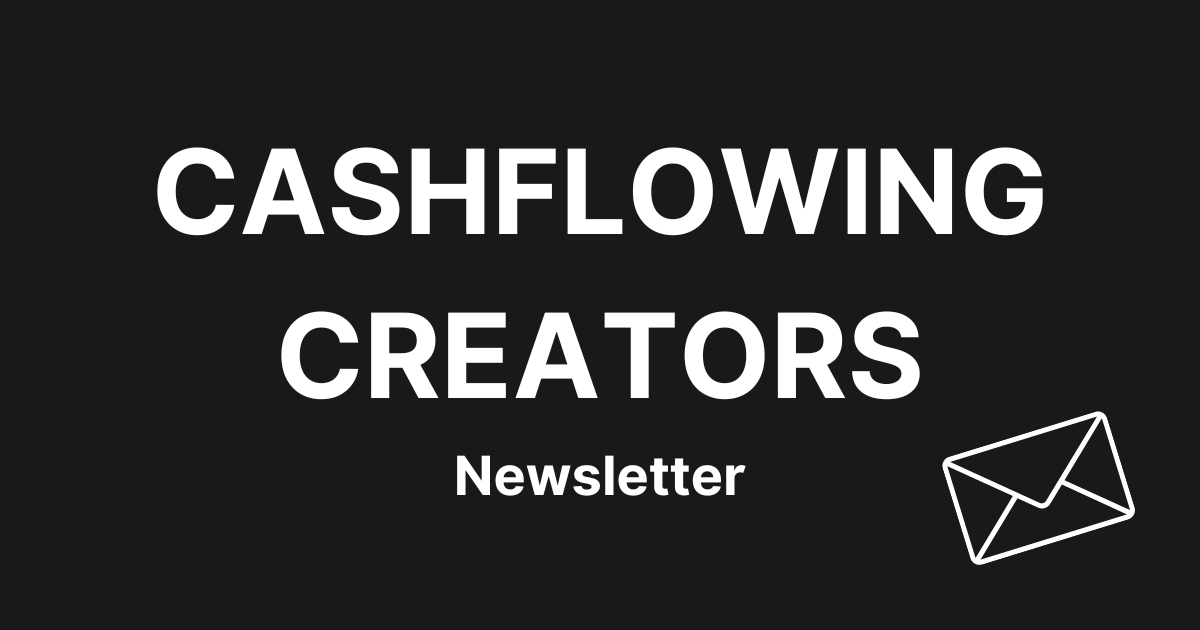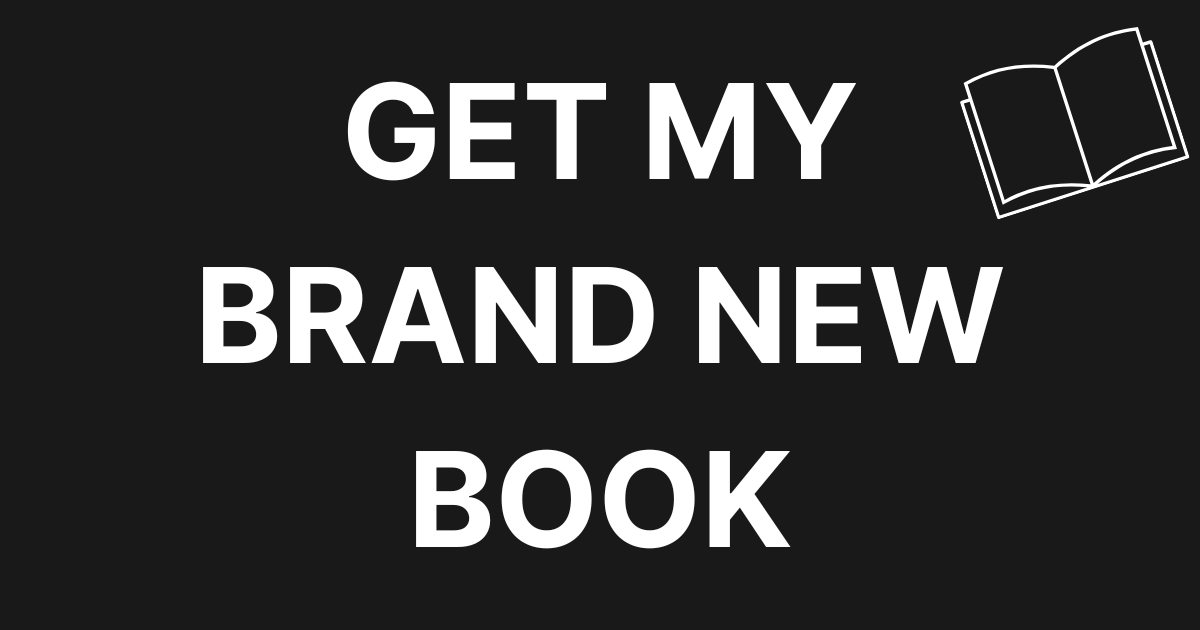One of the most important things for any new advertiser trying to promote a webinar is to learn is which buttons to push on the ad platform to get the results you want.
And with Facebook ads that means choosing the right campaign objective.
The Facebook algorithm does an amazing job at optimizing each campaign for exactly what you tell it to.
But you need to make sure you are feeding it the right data so it knows which direction to optimize in.
First let’s take a two second detour to talk about the importance of the Facebook pixel, then we will dive into exactly what campaign settings to use and when.
Table of Contents
How To Use The Facebook Pixel To Optimize Your Webinar Funnel
Facebook’s pixel is one of the biggest advancements in advertising technology.
You have the ability as an advertising to put this pixel on your website and in your webinar funnel to track each action users take on your website and feed that data back to Facebook to optimize your campaigns.
As users go through your webinar funnel Facebook can see which users are completing each steps and learn who are the people who are most likely to opt-in, watch, and buy from your webinar.
Then Facebook can optimize your campaign to show your ads to more people who are likely to take the steps you want from a campaign.
As long as you have everything set up correctly.
So that’s the baseline.
You must have your pixel set up and you have to make sure you’re sending Facebook back the data about who is registering for the webinar, viewing the content, seeing the checkout page and buying your product.
Now onto the campaign objective.
The Best Facebook Campaign Objective for Webinar Funnels
At my advertising agency we pretty much only use these Facebook campaign objectives for promoting webinars in this exact order:
- Conversions
- Traffic
- Reach
- Engagement
- Video Views
When To Optimize Your Webinar Campaign For Conversions
About 90% of our campaigns are optimized for conversions.
We want to tell Facebook exactly what action we want people to take most and optimize the campaign for that event.
(This is why it’s so important to have the pixel set up).
As a general baseline:
You want to optimize for the event in your webinar funnel that is receiving on average 50 conversions per week.
This is the advice coming straight from the Facebook documentation.
It’s tempting to jump straight to optimizing for purchases, but if your new campaigns are not hitting 50 sales per week it’s likely your costs will be super high and Facebook will not know who to show your ads to since it doesn’t have the right data to optimize.
What this means for webinar funnels is that your primary campaign will be optimized for Webinar Registrations.
You want to tell Facebook to register as many people for the webinar as possible.
Then you will use other campaign objectives to move people through the rest of the funnel.
When To Use Traffic Campaigns For Your Webinar Funnel
When you are not able to optimize for conversions because you do not have enough conversion events, or you are just testing a new funnel, or you just want to drive a lot of traffic to a page… the traffic campaign is the next best choice.
In this case, Facebook will optimize for exactly that… driving traffic to your chosen landing page.
We use this campaign objective when we don’t have enough conversions coming into an event but want to get people clicking on our ads.
We find ourselves using the traffic objective for retargeting and content consumption campaigns that don’t have a lot of conversions coming into them.
When To Use Reach Campaigns In Your Strategy
We use reach campaigns for very small retargeting audiences.
The idea with a reach campaign is that we want to pay to show our ads to a certain (small) group of people (retargeting audiences) and tell Facebook to just keep consistently showing our ads to those people.
Assuming they are the right people being targeted at the right stage of the webinar funnel, they should engage with our ads and continue to move down the funnel.
Usually with a webinar funnel this is retargeting the small audience of people who saw the sale page but didn’t buy back to the sales page.
A big benefit to reach campaigns is that you can control the frequency of how often your ads show, setting them up to show only “35 times in 7 days” for example.
We have found that reach campaign achieve a much lower CPM, but often the CTR is significantly lower.
It’s best to test between reach, traffic, and conversion campaigns for retargeting depending on the audience size and the expected number of conversions per week.
When To Use Post Engagement Campaigns
Sometimes you don’t have a link on your post.
Maybe you’re running a retargeting ad to your audience to engage them with content or get them to share something out for you.
In this case, we choose post engagement campaigns.
This is when you want Facebook to determine who are the people who are liking, commenting, and sharing your ads and get this ad in front of more people like this.
Often times we use post engagement ads for retargeting to get content and social posts in front of our warm audiences with retargeting campaigns before sending them to the webinar registration page.
When To Use Video View Campaigns
Video view campaigns tell Facebook to optimize for people who will consume a video on your ads.
We use these campaigns the most when we have new video content that we want to seed out to an audience so that we can retargeting them back to our webinar funnel, usually with a conversion campaign targeting people who watched more than 50% of a video.
[optin-monster slug=”rfbaktwcdzgbbcr0gxwq” followrules=”true”]
When You Should Test Facebook Campaign Objectives For Your Webinar
It’s important for these retargeting campaigns you test which objective is best depending on your goals at that stage of the funnel and your audience size.
We’ve run a ton of A/B split tests to see how the algorithm works.
Below is one test that we ran to measure the conversions objective vs. the traffic objective for this webinar.
Both campaigns had the same audiences and ad creatives.
The only difference was the campaign objective.

| Campaign Objective | Click Through Rate | Cost Per Click | Cost Per Lead |
| Conversion | 1.15% | $0.97 | $2.72 |
| Traffic | 2.57% | $0.35 | $7.09 |
As you can see, the traffic campaign objective did a great job at optimizing the campaign for people who clicked on the ad to go the landing page, giving us a higher click-through-rate and lower cost per click by 64%.
But the conversion campaign gave us a lower cost per lead by 62%.
For each objective, Facebook optimized for exactly what we asked it to do and was able to deliver a better cost per result based on the campaign objective.
Here is one more test that we ran to measure the traffic objective vs. the video view objective.
Again, both campaigns had the same audiences and ad creatives. The only difference was the campaign objective.

| Campaign Objective | Click Through Rate | Cost Per Click | Video Views at 25% |
| Traffic | 2.22% | $0.47 | 581 |
| Video Views | 0.13% | $7.75 | 3,343 |
The traffic campaign objective did a great job at optimizing the campaign for people who clicked on the ad to go the landing page, giving us a higher click-through-rate and lower cost per click on these ads.
But the video views objective got over 5x the video views for the exact same budget.
At this stage of the campaign our biggest goal was to have people consume our video content so we could retarget them with the next step of the funnel, so we chose to continue investing in the video views campaign.
Wrapping It All Up
We have scaled dozens of webinars, some as high as $2,000 – $3,000 per day in ad spend, using this framework to choose which campaign objective is best at the different stages of the funnel.
Use this framework to plan out your strategy and choose your objectives wisely based on your goals at each stage of the process.
But remember to test what works best for you and your funnel.
If you want to see our step-by-step process for scaling webinars with facebook ads check out this article here.
Now get to it!




0 Comments